Can OpenAI make money?
Execs at the of the revolutionary, money-burning company think so. They are telling investors it will “turn cash flow positive” in 2029. That’s when it expects to generate about $2 billion in cash on $125 billion in revenue — putting the company’s sales around the current level of Nvidia and Meta.
The revenue is supposed to come from new products like AI agents, subscriptions and free user monetization,” which I think means advertising.
People, smart people — not just me, have their doubts.
On Bluesky (yay), Business Insider’s Ed Zitron wrote: “This article saying OpenAI will top $125bn in 2029 is utterly awful and laughable. Agents don’t exist! They aren’t real! They’re not contributing $3bn this year! Also “other”? COME ON!”
On X (Boo! Hiss!), Wharton Professor Ethan Mollick wrote, “So this would be in the top 20 American companies by revenue, above GM and Bank of America this year.”
Also on X (More boo! More hiss!), Rick Zullo of Equal Ventures said, “For them to hit their ChatGPT revenue forecast, they would need to almost 20x the amount of paid subscribers (presuming prices remain the same, which they may not), which would be about 400m people. That’s a big number.”
Keep in mind that three months ago, CEO Sam Altman said, “Insane thing: we are currently losing money on OpenAI Pro subscriptions! People use it much more than we expected.”
And people wonder why I laugh at any mention of OpenAI becoming a for-profit company.
Here’s this week’s roundup of AI-powered martech releases and news:
- Wix.com launched an AI-powered adaptive content application that personalizes website experiences. The application generates dynamic content based on visitor characteristics and instructions. It uses session details from the website to create new content according to predefined criteria and user instructions, to increase engagement and improve user experience.
- Tagboard launched Spark AI, designed for content and commerce teams to deliver shoppable moments during live broadcasts and events. This AI-powered system supports interactive graphics for sports, news, and entertainment storytelling.
- Duda launched an AI-powered Content Collection solution. The tool gathers business information and site assets and makes them immediately accessible within Duda’s website editor. These assets can be used with pre-built templates or for AI-generated websites.
- NLX launched Touchpoint, a multimodal conversational interface that incorporates chat, voice, images, and video into a single AI-powered experience for end users. This out-of-the-box solution enables NLX customers to create comprehensive conversational experiences.
- Sitecore launched the Sitecore AI Innovation Lab, created in collaboration with Microsoft. This program provides an environment for marketing leaders to explore AI-driven solutions for content operations. The lab guides marketers in defining their AI approach and accelerates the development of solutions tailored to specific use cases.
- Photoroom launched three new AI-powered tools: Product Beautifier enhances lighting, pose, and angles to create studio-quality product visuals; Product Staging analyzes products and generates context-rich scenes with props and backgrounds; and Virtual Model renders clothing and accessories on a curated library of virtual models, showing draping and fit on different body types and styles. These tools use OpenAI’s gpt-image-1 technology.
- MACH Alliance unveiled the MACH AI Exchange, a professional peer network focused on guiding AI implementation for enterprise companies. The program will launch at The Composable Conference 2025, taking place April 22-24 in Chicago.
- Compass Marketing Intelligence is an accelerator solution that connects businesses with their Google Marketing Platform data within Google Cloud Platform. The turnkey solution integrates with Conversational AI powered by Gemini, centralizing, visualizing, and activating GMP data in minutes to transform marketing decision-making.
- Podcastle launched a new hub of AI Voices powered by their proprietary voice generation model Asyncflow v1.0. Users can select from 500 AI voices and clone unlimited custom voices to create audio content at scale. The system produces lifelike voices without high costs.
- Hippo Video converts text, documents, and ideas into videos with AI-generated avatars. It works through three components: a Creation Agent that transforms content into videos with scripts and voiceovers in multiple languages, a Campaign Agent that distributes personalized videos with interactive elements such as clickable calls-to-action and polls, and a Video Co-Pilot that creates digital representations of team members to deliver content and respond to questions in real time.
- Ajelix launched AI Data Analyst, a conversational tool for data analysis. Users upload data and enter questions in natural language to receive analysis results and visualizations. The product targets small and medium-sized businesses that do not have dedicated data analysis departments.
The post AI-powered martech releases and news: April 24 appeared first on MarTech.
